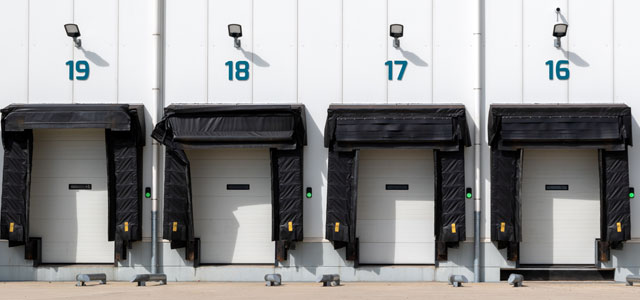Risk professionals encouraged to move centre stage on supply chain

Organisations striving to build supply chain resilience need to give risk professionals, risk engineering and risk perspective a place at the table when mapping and auditing their key business partners.
Business interruption and supply chain threats have again featured prominently in the annual World Economic Forum Global Risk Report and Allianz Risk Barometer, with the latter stating that in relation to the rising climate change threat, risk professionals most fear an increase in physical losses as extreme weather threatens factories and other corporate assets, as well as transport and energy links that tie supply chains together. The relocation of facilities is one of the potential operational impacts of climate change exposures.
Airmic's 2019 Guide, Complex Supply Chains in a Complex World, highlighted some of the steps risk professionals need to take internally and externally when wanting to strengthen resilience in their organisation's supply chain.
Speaking to Airmic News Otto Kocsis, Principal for Business Interruption & Resilience at Zurich Insurance Company, said there first needs to be an acceptance internally that risk considerations need to join costs and efficiencies as central to the discussion around supply chains.
"The risk professional needs to be able to come out of their silo and sit at the top table when addressing the supply chain," said Mr Kocsis. "Often the procurement department is conducting a lot of the supply chain risk management, but its main priority is on reducing costs. So there needs to be more direct collaboration between risk management and procurement to find common goals."
Mr Kocsis added that this approach is a journey that requires several maturity steps and the key is to start small by understanding the key suppliers and largest exposures.

"You need to understand the critical parts of your supply chain. What is the key component of your product, your supply chain crown jewels? Once you understand these, you can start your contribution to supply chain risk management."
As referenced above, the rising threat of extreme weather events and natural hazards continues to rise up the agenda and is of particular relevance in supply chains. As outlined by Mr Kocsis, understanding where key suppliers are and their own exposures is vital. It is further emphasised by Mike Bodycombe, Operations Vice President and Assistant Client Service Manager at FM Global.
"Certainly from reading annual reports and accounts at large organisations, we can see that supply chains are regularly listed as a key risk," he tells Airmic News.
Bodycombe says that as organisations start to experience greater frequency, and impact, from natural hazard activity such as flooding, wildfires and windstorms, they are trying to understand what parts of their supply network are exposed to these events.
"When an engineering division says it needs a certain component and procurement then takes on the search and considers the cost, often the location of the supplier is not at the forefront of their mind," Mr Bodycome said. "It is not until an event happens that you realise that you should be thinking about it. But if you start mapping your supply chain you can start identifying where your exposure are in advance.
"Once the organisation has this information, it can then make an informed decision as to whether to continue with that supplier. If you can't remove the risk by changing supplier, then the next question should be can you engineer it?"

The insurance options for covering supply chain exposures remain limited with few standalone supply chain policies available. In the main, organisations must rely on their business interruption, trade credit policies for coverage. The more an organisation understands its own supply chain network, however, the more likely it is going to be able to find appropriate insurance coverage.
"Our supply chain coverage is in our standard form and is multi-tiered," says Mr Bodycome. "If the supply chain is disrupted three or four tiers away from your business then we will explore whether we can get that covered."
Mr Kocsis concedes that the insurance market is still struggling to provide suitable coverage for organisations' supply chains and that this will only become more challenging in a hardening market. "For some organisations, the supply chain is the most valuable exposure in their insurance programmes," he adds.
When seeking to managing the risk effectively or explore insurance options, however, the advice comes back to the same fundamentals - collaborate with colleagues in procurement and operations, audit suppliers and map the exposures.
Mr Kocsis believes the increasing digitisation of supply chains and business automation should provide the perfect opportunity for progress, but only if risk professionals can get access to the data and systems.
"I hope we can leverage the digitisation of supply chains to improve and ease our understanding of supply chain risks," he added. "The digitisation is not happening for the purpose of risk management, but if the risk professional can join the conversation and sit at the table then it can understand how the tools can be used for their own purposes."
